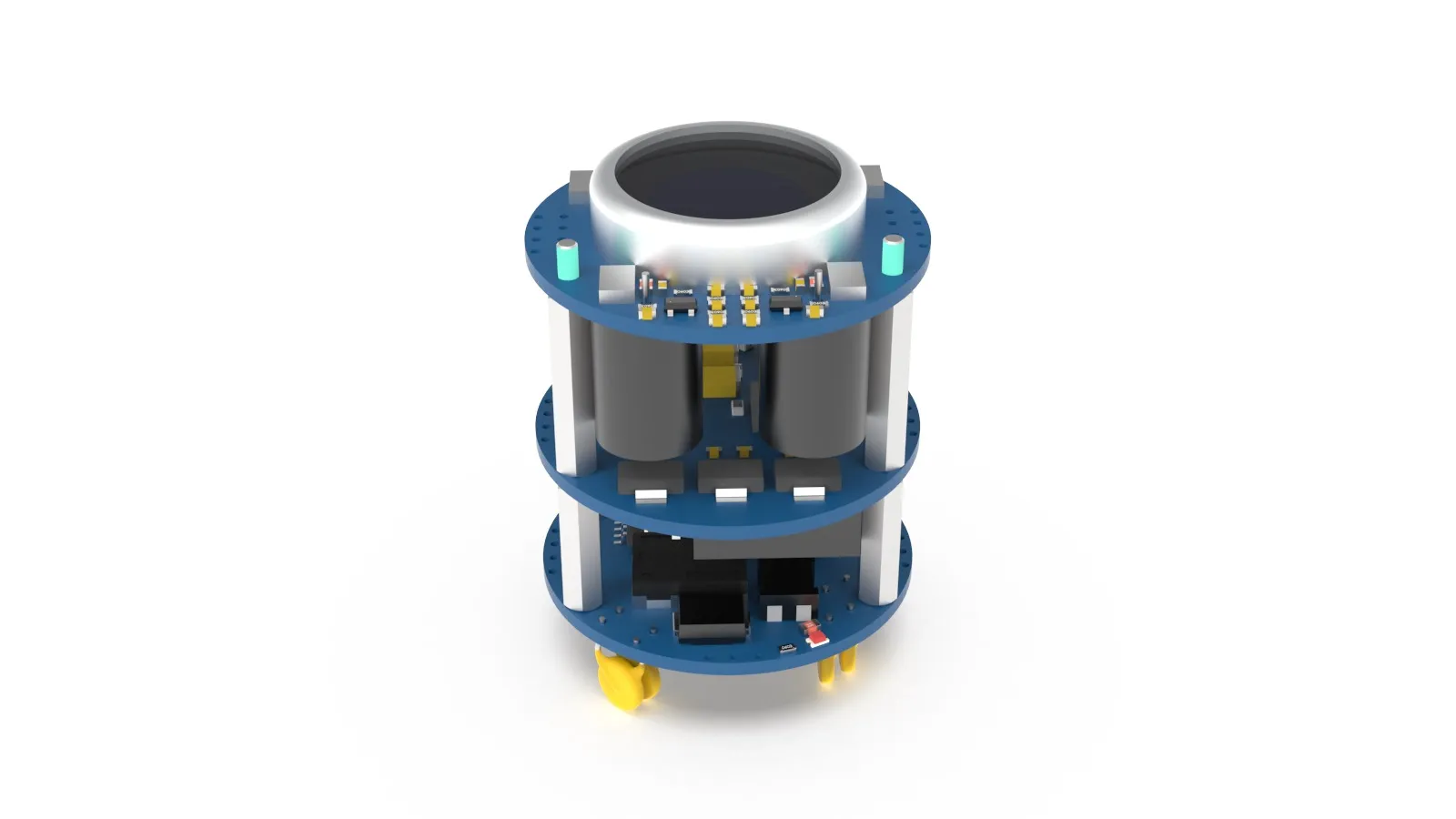Yeni Ürün Listesi

APD Module Linear Mode
The Avalanche Photodiode (APD) module is an optoelectronic device. This device allows the acceleration and collection of electrons that are struck and moved by photons emitted from any light source. In this way, highly sensitive signals regarding the presence of light can be obtained even at very low light levels.
Price: $700 USD + KDV
Delivery Time: 8 hafta
Last updated 10 months ago

SPAD Module
SPAD is designed for the fast and precise detection of photons. These devices can operate using a "geiger" mode that allows for individual counting of each photon, or a high-speed scanning mode. Therefore, SPADs are often used in low-light conditions and situations where other detection technologies fall short.
Price: The price has not yet been determined.
Delivery Time: The delivery time has not yet been determined.
Last updated 1 year ago

Photon Counter for APD Module
Photon counters enable the detection of photons in an APD module. These devices can operate in two basic modes: counting mode (APD Module SPAD), which allows for counting photons in a certain range, or continuous reading mode, which can perform continuous counting.
Price: $300 USD + KDV
Delivery Time: 8 hafta
Last updated 1 year ago

Laser Meter
Laser distance meters work by sending a laser beam and reflecting it off the object. This laser rangefinder is the best solution for measuring long distances and weak visual conditions.
Price: $4000 USD + KDV
Delivery Time: 8 hafta
Last updated 1 year ago

High Voltage Module
These devices are designed to increase the input voltage from low voltage sources for use in applications that require high voltage.
Price: $300 USD + KDV
Delivery Time: 8 hafta
Last updated 1 year ago

Underwater Sound Velocity Measurement Device
An underwater sound velocity measurement device is used to determine the locations and measure the depths of objects underwater.
Price: $1000 USD + KDV
Delivery Time: 8 hafta
Last updated 1 year ago

Quadrant Photodetector
A quadrant photodetector is an optoelectronic sensor created by combining four separate photodiodes within a single package. This sensor has the ability to detect which regions the incoming light falls on when it arrives from specific directions.
Price: $1200 USD + KDV
Delivery Time: 8 hafta
Last updated 5 months ago

Time-to-Digital Converter 8-Channel
The Time Digital Converter and Correlation Device, developed for users seeking high sensitivity and reliability, offers an excellent solution for optical time measurement and correlation processes.
Price: $16000 USD + KDV
Delivery Time: 16 hafta
Last updated 1 year ago

Underwater Sound Velocity Measurement Device
The underwater sound velocity measurement device is designed to accurately measure the propagation speed of sound underwater using Time-of-Flight (ToF) techniques.
Price: $1300 USD + KDV
Delivery Time: 8 hafta
Last updated 6 months ago

Acoustic Detector
Acoustic detectors have been developed in order to hear the voices of people trapped under debris in disasters such as mine accidents and earthquakes and to facilitate their rescue. Sounds are received, filtered and visualized sensitively, and thanks to the headphone output, sounds that people cannot hear can be heard.
Price: $2500 USD + KDV
Delivery Time: 8 hafta
Last updated 5 months ago